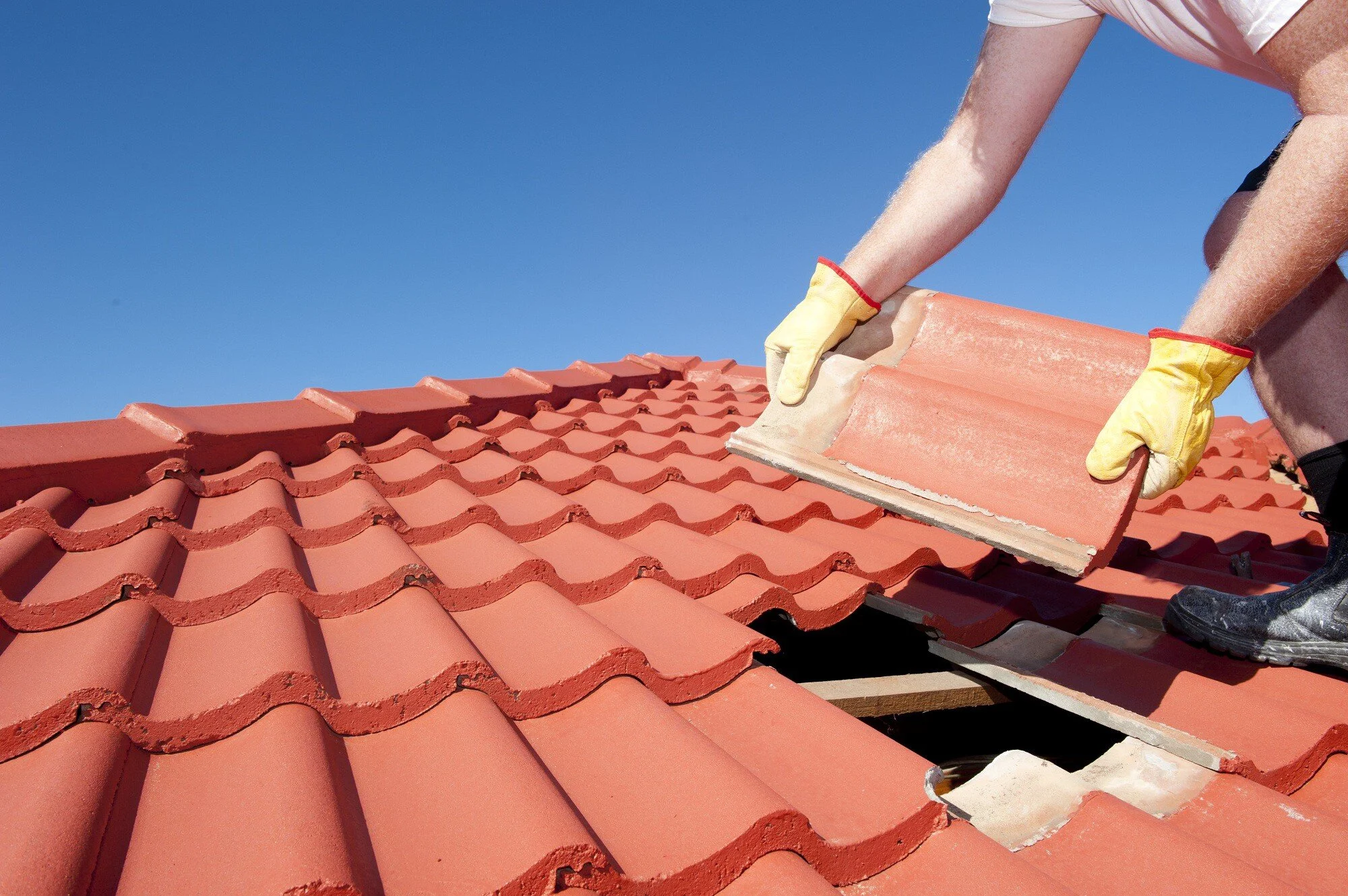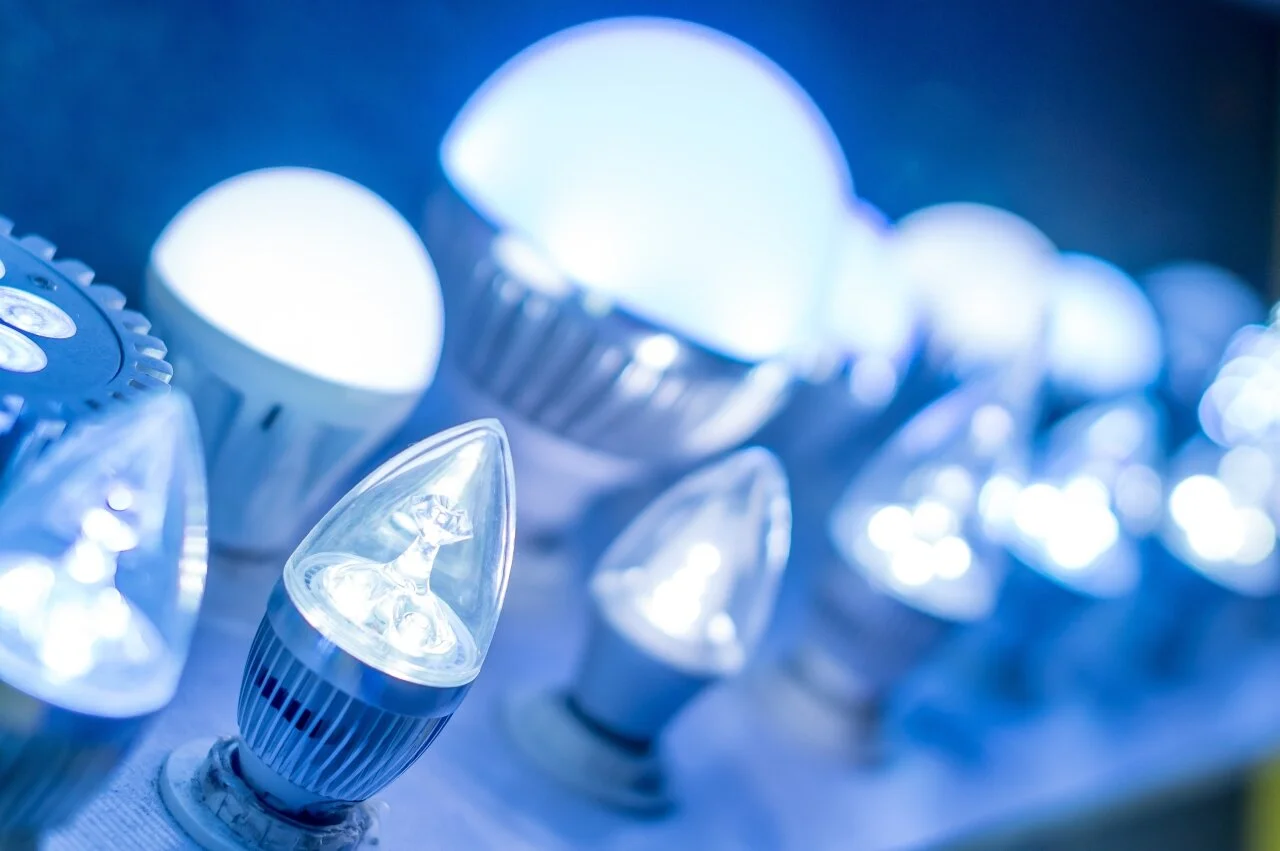Undoubtedly, an organized and clean home desk is the prime reason behind the increase in optimum productivity. Generally, working from home can be a tedious job if the home office desk is not adequately organized. Moreover, we know about the common phrase “tidy office, tidy mind”, and this term seems to be true.
Performing the essential official works or creating an important school project tends to get difficult when the home desk is contaminated with dirt, grime, and other non-essential things. So, with an immaculate and polished home desk, you can only focus on meeting the tight deadlines. Additionally, once you reorganize the desk, it will be even beneficial for alleviating the excessive stress burden.
So, you have to be extremely attentive to prevent the clutter from building up on the home office desk. Specifically, keep everything in one place and maintain a rigorous organizational system before you opt for working. Whether it’s a writing desk or corner desk, certain specific ways can be implemented to organize it.
Moreover, it just takes a minimal amount of time to declutter the different types of desks, irrespective of its size. So, simply check these super flexible desk organization ideas to stay stress-free and well-organized life.
Importance of Organising the Home Desk Regularly
Usually, we need numerous important things including papers, documents, books, pens, and other essentials on a daily basis. With time, items keep on adding to the home desks. So, sometimes, it gets unmanageable to find the required item, especially when the desk contains too many paper pile sections or containers.
And, as a result, you might be unable to find the important office file within the right time. Moreover, you might even encounter severe health problems because of dust and debris accumulation. Cleaning is necessary for every aspect- be it enhancing the hygiene level or eliminating the germs.
So, simply get in touch with ATDOORSTEP and get prompt and effective cleaning and decluttering solutions from the top-ranked professionals.
Desk Organizing Ideas that Needs to be Consider
Owing to the busy-life schedule, we hardly get adequate time to rearrange the drawers or shelves. But anyway, you have to make it clutter-free to avoid unnecessary hurdles. So, here are some simple yet effective ways to organize your workspace.
With these extensive DIY home desk organizing ideas, you will exactly find the things that you need within a minimal time. So, let’s get started!
1. Opt for Cleaning the Desk
Is your home desk filled with stacks of papers or piles of office documents? Do you clean the home desk? If not, then you should definitely start with cleaning the desk in the first place. Because, with time, dirt and dust get accumulated on the home desk, especially in the dusty-humid surroundings. Thus, it becomes crucial to clean the home desk, at least once a week. The sole purpose of cleaning the workspace is to get rid of clutter.
Remove everything from the desk including the laptops, printer, phones, or other electronic devices before starting the cleaning procedure. Even, you can avail the opportunity to use a vacuum cleaner to put an end to the dust problems.
Now, it's time to clean the essential items that mainly remain on the desk. Consider cleaning these items at least once a month. Once you accomplish the cleaning procedure, relocating the necessary items will become much easier.
2. Declutter the Paper Files
Do you have a bunch of paper files? Well, then you first need to organize those large numbers of paper files. Organizing the paper files can be done with great ease. Get control of the clutter before the entire scenario gets worse. Go through every single paper and then mark the important paperwork using a color-coded filing system.
3. Install a Shelf over the Desk
Now, expanding the workspace can be extensively done by just installing a shelf. Simply, engage with ATDOORSTEP to get devoted professionals who can efficiently install a multi-functional shelf. After the accomplishment of the home desk installation process, put aside the important books or extra tech items. Place those items on the shelf to keep the desk clutter-free. Also, putting up a decorative shelf is a great initiative to add value to your home.
4. Start Using a Mail Station
Have you thought about taking a mail station? If not, then it’s time to use one of those. Because, to put control over the paper stacks, a mail station is quite needed. The homeowners must make a separate folder for the outgoing and incoming mails, and bills. As soon as you get the mail, file it in the mail station, that’s it! This is the only way to get your required mail files on time.
5. Accumulate the Desk Accessories
You will feel a lot better and get a positive affirmation about your work with an organized home office desk. So, you need to divide the desk accessories into different segments. Also, keep only the visually-pleasing accessories and those items that mainly serve a practical purpose. Consider using a cup for putting up the pens, and a charging station to power up the smartphones.
6. Consider Making a Printing Station
A printing station will be highly beneficial to keep the printing supplies in a proper place, especially when you have a wireless printer. You can even keep this sort of printer inside the printing station for easy accessibility and convenience.
7. Opt for Obtaining a Container
With the help of a colorful container, storing all the essential desk items has become easier. Moreover, you can put all the office supplies not only in the container but also consider keeping it inside the drawers, baskets, or bins, Placing all these items will provide your home desk a decluttered appearance.
8. Provide a Separate Spot for the Magazines
The magazines, official files, books, and other random pieces of paper can come together and create a messy situation. This is the prime reason why you should keep these items in a separate place. Get a built-in-shelving for keeping the magazines and other books, that will be just more enough!
9. It’s time to Install a Cabinet
Every homeowner should consider bringing a cabinet that fits their budget. It will help you to improve the condition of the home desk. In the heap of office files, magazines, notepads, you might lose some or other important documents. So, get a cabinet now with the assistance of professionals
10.Use Paper Binders
Now, it's high time to think about using a binder to organize important papers. And, in case of emergency, locating the important documents can be done in a much flexible way. So, keep the medical documents in one spot, the pet medical records, and other manuals in the other, that’s it.
Relocating Was Never this Easier!
To declutter the home desk, it is first important to acknowledge the overall space of the desk. That is the prime criterion that you should always look out for. Also, avoid exaggerating the home desk with unnecessary items. Moreover, if you are seeking professional help in reassembling the desk items, go grab it now!
Guest Contributor: Smith Jhons















